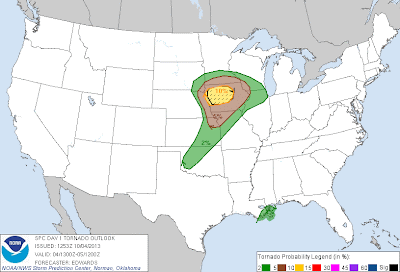I've been tweeting off and on for the last few days about the upcoming snow event for Chicago this morning (photo above courtesy CBS Chicago, shows slick road conditions in Bolingbrook - a Southern suburb of Chicago).
This was the second snow event in the last 10 days (the first was in Minneapolis last week) where nearly all of the short to medium range computer forecast models were very consistent in their snowfall forecasts from a relatively lengthy period out from the event, and did not fluctuate as the event approached.
Long time followers and weather buffs know that the computer models typically have a hard time with snow events, and tend to show large swings from run to run, especially a few days out. So the consistency here was impressive, if not even a bit scary at times...
The screen shot below (click to enlarge) shows a composite of the computer model snowfall forecast runs since midday yesterday. This particular view is centered on the western suburbs of Chicago, but it applies to most of the city in this particular case.
I've circled in red the computer model forecast "cluster" of values which generally called for up to 1 inch of snow, on average, this morning. The green line above the red circle, calling for 2-3 inches of snow, is the National Weather Service forecast that most of the public and media are accustomed to using.
Actual snowfall this morning averaged 0.5-1.0 inch at most Chicago area reporting stations. So, the long and short of this story is that the short to medium range forecast models nailed this one - and they had been forecasting similar values for at least the last 3 days, very consistently.
A similar situation took place in the Minneapolis/St. Paul area on Wednesday of last week, with an actual snowfall of 2 inches at most locations in the central and eastern metro (see map below), and an "official" NWS forecast of as many as 4-6 inches leading up to and during the event. There again, the model runs were very consistent in calling for amounts near 2 inches well ahead of the event and showed very little fluctuation throughout.
So, are the short to medium range models getting better at handling snow forecasts? Various tweaks, software and hardware upgrades were made to most of the models over the last 6-12 months, and I think we are indeed seeing some positive results.
This is obviously not a scientific study by any means. I only use the 2 most recent cases in the Chicago and Minneapolis areas because my company provides forecast and storm warning services for snow removal companies, hospitals and schools in both of those areas, so I naturally keep a close eye on them.
I will say that I am very impressed with how the models have handled the smaller, fast moving (and typically more difficult to forecast) events so far this young season. Granted, we have yet to see a "major" storm in either area, and I am anxious to see how the models will perform leading up to a larger event this winter.
Stay tuned for more!



























